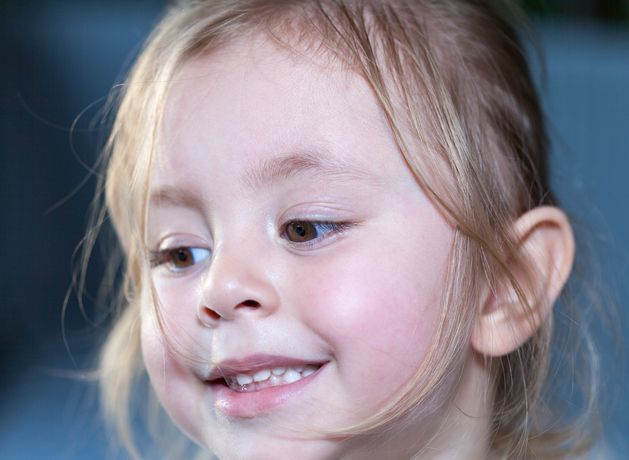Ireland seeing a rise in 'slapped cheek syndrome' virus

Slapped cheek syndrome is most common in children, although it can affect anyone of any age. Photo: Getty
Ireland is among a number of countries seeing a rise in cases of “slapped cheek syndrome”, a type of viral infection that is most common in children, although it can affect anyone of any age.
It is caused by a virus called parvovirus B19 and the most common symptom is the appearance of a distinctive bright red rash on the cheeks.
Other symptoms can include painful joints and swollen limbs.
In the first quarter of the year, 116 positive cases were confirmed here which is higher than the annual number of positive results for the years 2020 to 2023, ranging from 30 to 61 cases annually.
In an assessment yesterday, the European Centre for Disease Control (ECDC) said nine countries reported an increase in detections by March, some stretching back to the end of last year.
It said that the risk for the general population is assessed as low, as most infections are in the form of a mild disease of childhood, although some complications may occur.
The risk for pregnant women, less than 20 weeks’ gestation, is assessed as low to moderate. This is considering the uncertainties about the virus circulation and the fact that an estimated 30-40pc of women of childbearing age are susceptible to the infection. Severe outcomes, however, occur in a small percentage of infected pregnancies.
The risk for immunosuppressed people is assessed as moderate, as these patients cannot clear the infection and can suffer chronic anaemia, pancytopenia, graft loss or dysfunction and organ-invasive disease. The ECDC assessed the risk for people with chronic haematological diseases, such as sickle cell disease, as moderate, as B19V infection can cause transient aplastic crisis where the production of red blood cells are shut down for 10 days.
The ECDC recommends that public health authorities in the countries should raise awareness among clinicians of the observed increase of the virus to assist in counselling and managing their patients appropriately.
They should conduct risk communication to the risk groups, including pregnant women, immunosuppressed and transplant recipients, and patients with chronic blood disorders.
It also calls for a review of available datasets collected on these infections going back to the years before the pandemic to establish trends and changes in patterns of transmission.
Reporting these findings centrally to EpiPulse will help in improving the risk assessment and in tailoring the risk communication messages for all EU countries.









































